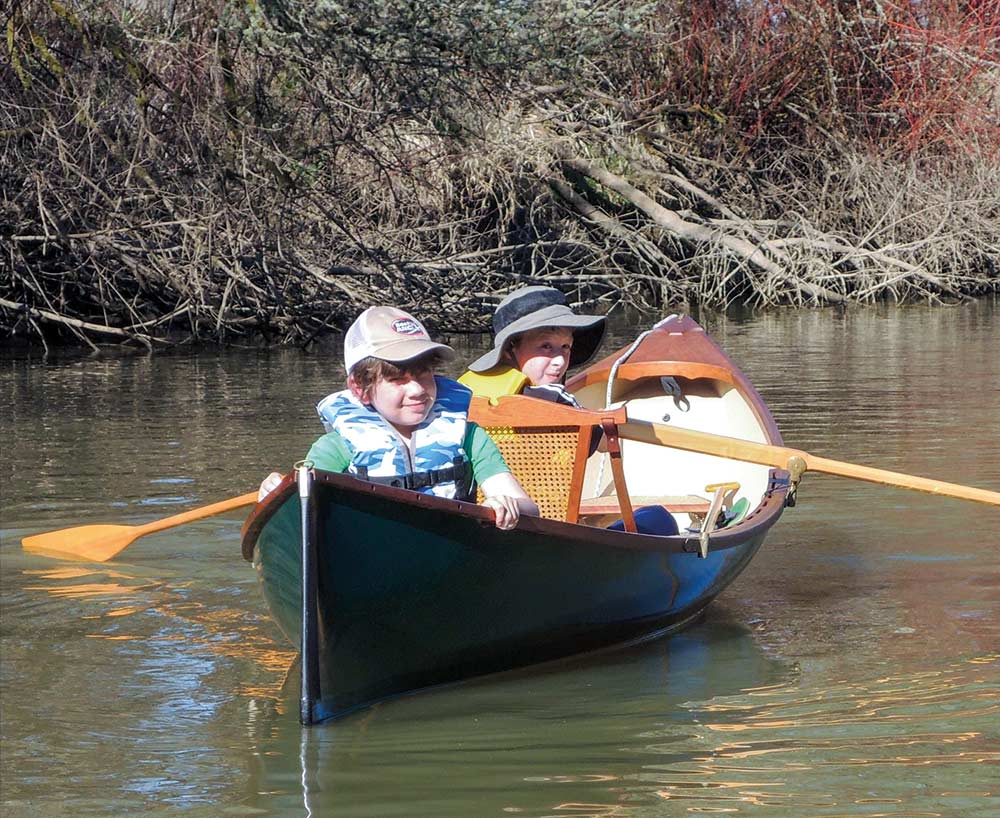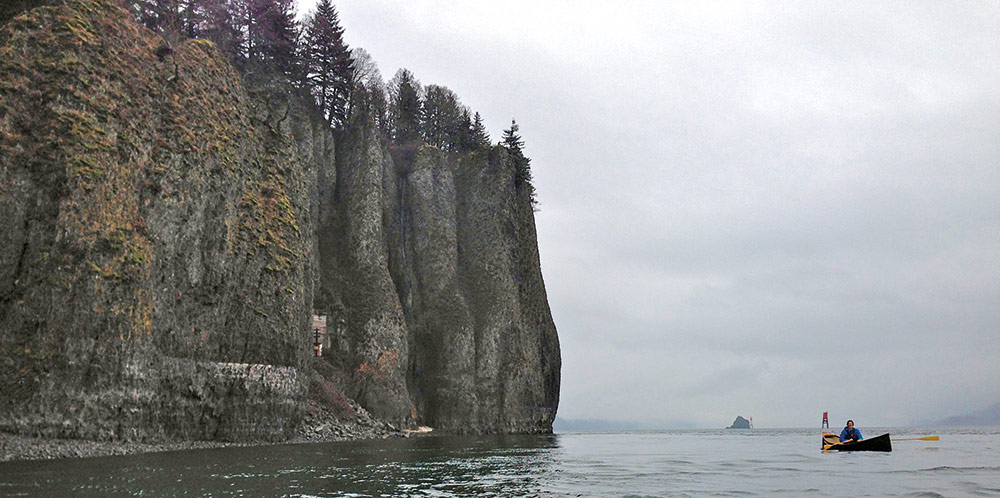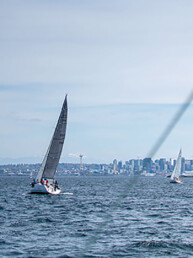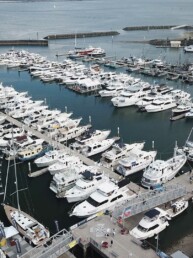You probably know this type of boater; the person who has a hard time with commitment. This year they’re training in an Alden rowing shell, next year outfitting an Ericson 38 keeps them busy—until the following season, when it’s traded in for that new Cal 20 they’re now feverishly tricking out for racing. What gives?
Many boaters seem to spend their whole careers looking for the ideal ride: The Best Boat Ever. On the other end of the spectrum are those fortunate mariners who buy one and stick with it for years on end, like our family did. Were we lucky enough to find the perfect boat early on? Or are we simply too undemanding? And what makes the right boat, anyway?
I hadn’t thought too much about it until last weekend when, too busy to go on a satisfying sail, I figured I did have time for a quick row.
“Hey, Merry,” I called to my son, “it’s a beautiful summer morning. Get your brain away from that computer and come rowing with me.”
“I guess,” he said, sauntering out of the gloom of his den.
We strapped Terrapin, our 15-foot Adirondack guideboat, to the roof of the car, and 20 minutes later were floating in the Willamette River, near downtown Portland. I took the rower’s position in the bow, while Merry lounged in the stern, his big hand dragging in the water.
As I pushed off from the dock, I couldn’t resist smiling at the memory of first launching Terrapin from this same spot almost exactly 12 years ago. I remember how excited 60-pound Merry was to sit in the stern, which stuck up so high off the water, it looked like the boat was doing a wheelie. Quite a bit larger at age 19, Merry now balanced me perfectly in Terrapin.

Back in the old days, my younger son, Pippin, would join us, scampering around in Terrapin as if it were an aquatic jungle gym. When he turned six, I gave him and Merry a single oar and placed them in the central and forward seats, while I wielded a canoe paddle in the stern, and served as the coxswain. We had exciting adventures shooting between pilings, racing kayakers, and going fishing together, all with nary a spill.
Today, Merry and I rowed towards cottonwood-covered Ross Island and encountered a few more wakes than I was excited about. But, as always, Terrapin rose instead of bashing against the wake, cresting it and reaching flat water, resulting in a dry ride. It helped that over the years Merry has internalized the calm necessary to keep the boat’s center of gravity right where it was needed: low down. Lying back in the stern, his legs outstretched and the paddle by his feet, he occasionally called out a deadhead, but otherwise acted like teenage ballast.
Near the north end of the island, we reached a sandy beach in a sheltered cove. Twenty or so shantyboats draped in frayed blue tarps take up much of the cove now, unlike the old days when the boys were anxious to head out solo, and it was mostly just us on the beach. I remember tying a long line to the stern and letting them row out alone like watery kites. I never told their mother, but when I felt they had enough control over the oars (and long enough arms), I allowed them to row about freely, confident they could return on their own.
Merry and I rounded the north end of the island and headed for the dock. Framed on both sides by dense trees, this was the wildest place on this section of the Willamette. My hands were feeling a bit raw. It had been a while since I hauled a heavy load in Terrapin, and I was reminded of how she had been my first camp-cruising vessel. For those first tentative trips, I loaded a week’s worth of food, a tent, and art supplies into the boat and took off into open water, eventually stringing together trips from Olympia all the way to Port Townsend. In the process, I learned about tides and currents, how to cross shipping lanes safely, and the effects of wind on water.
When we got out of the river, a guy flagged me down. “Is that an Adirondack guideboat?” he asked.

I beamed. Most people are unable to correctly differentiate Terrapin from a canoe. But to those in the know, the guideboat’s curvaceous, flared sides, high ends, and low freeboard in the middle mark it as a rowing craft. I never tire of looking at its cherry trim and breasthooks, which contrast elegantly with the hull’s dark green, and I’m always tickled when others notice my boat’s beauty.
The oft-repeated phrase about guideboats is that they’re the “pick-up trucks of the Adirondacks.” I won’t argue this point about their heritage, but I think it belies something else about them: they’re one of the most adaptable small boats around. Whether it’s an evening drift with my wife and a picnic basket, a rough solo crossing of Admiralty Inlet, or a kid-sized adventure, the guideboat performs. It’s also small enough to store easily at home, to manhandle onto the roof of the car alone, and is so easy to maintain that I own it; it doesn’t own me.
Yet while I’ve had the same boat for all these years, Terrapin is so versatile that I don’t always feel like we’re going steady, but rather like a guy who is on the next thing. After all, the guideboat has been three boats in one: It has the chops to handle rough water, the ability to cruise, and the flexibility to accommodate the whole family. Is it the perfect boat? Who knows. Is it the right boat? It all depends on what I want to do that day.
Bruce Bateau
Bruce Bateau sails and rows traditional boats with a modern twist in Portland, Ore. His stories and adventures can be found at www.terrapintales.wordpress.com






